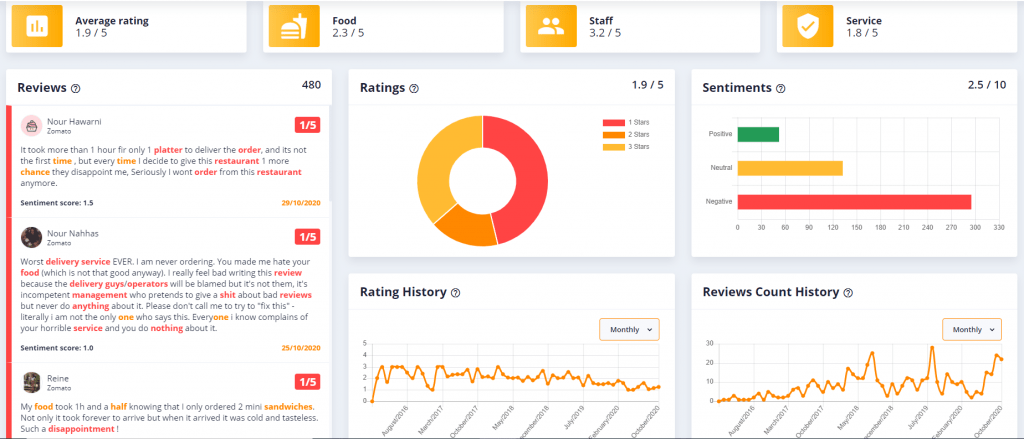
There is no doubt that customer experience and satisfaction are key assets to any restaurant. They are crucial components that determine the actual sustainability and survival of a certain brand, especially during times of crisis.
Therefore, it is more elemental than ever to understand and assess every customer’s feedback in order to progress and enhance a brand’s positioning and value add.
With this in mind, a new guest experience analytics platform dubbed Feedics was born.

Rawad Fakhry
“Feedics started as an idea a year and a half ago, after having a bad experience at a restaurant,” Rawad Fakhry co-founder of Feedics explained to HN.
“I submitted a negative review regarding the food that wasn’t up to the expectation. Then it struck me that surely I’m not the only one experiencing this level of service but other guests as well.” This made Fakhry wonder how would the manager detect the problem instantly, or how would hotels do it.
Feedics was launched to answer this question, and evolved into solving even a bigger challenge, which is turning qualitative data into scalable, quantitative data.
“Our vision is to be the most comprehensive consumer insights platform in the industry and our mission is to help hotels, restaurants and entertainment venues better understand their customers, service and staff to make the right changes in the right areas,” Fakhry added.
Fakhry was keen on emphasizing the quantitative data analysis his platform is capable of. “Make no mistake! Feedics is not a reviews aggregator, but rather an analytics tool. Usually, restaurants, hotels, and entertainment venues find it challenging to transform qualitative data like reviews and customer feedback into insights. Feedics uses Artificial Intelligence to analyze customer reviews across the web and turn them into intelligent data to have a 360 view on customer experience across the brand/branch and a granular historical analysis on key areas such as food, staff, service, breakfast, room even ingredients (chicken, salad etc…).”
In other words, qualitative data is now easier to read and to analyze. This empowers faster reaction time to incidents and major improvement in decision making affecting customer experience. It also means that different stakeholders within the business can benefit from this new set of insights.
“GMs will have a global view about their customers’ satisfaction in addition to a historical analysis for every brand/branch. They can also benchmark against competition. The tool also allows them to maintain a healthy brand and a superior quality assurance,” he concluded.

















